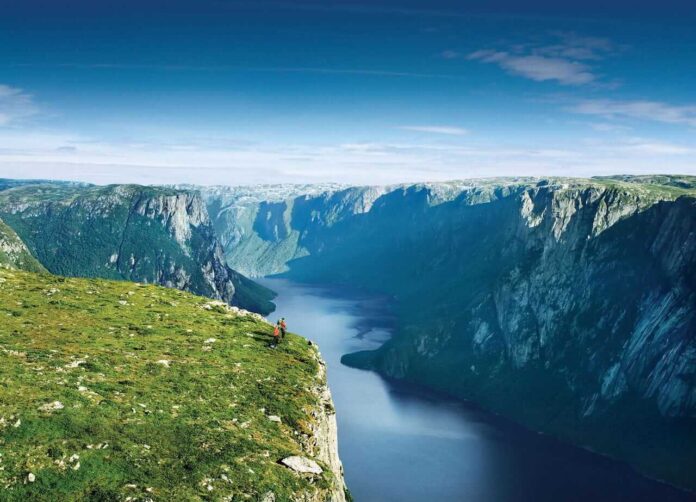Canada’s breathtaking natural splendor and untainted wildness draw a lot of tourists. Within its boundaries, you can find nearly every type of landscape on the planet, from the high arctic to the desert. So go ahead and include amazing experiences in your schedule for Canada.
1. Niagara Falls, Ontario
Niagara Falls, which spans the boundary between Canada and the United States, is the second-largest waterfall in the world in terms of volume, gushing water over its edge at a rate equivalent to 7,500 bathtubs every second. It is far moister than Victoria Falls and Angel Falls combined because of the Great Lakes that feed it. A perpetual rainbow that alternates between the two countries, a thunderous boom and a persistent mist are all produced by Niagara Falls.
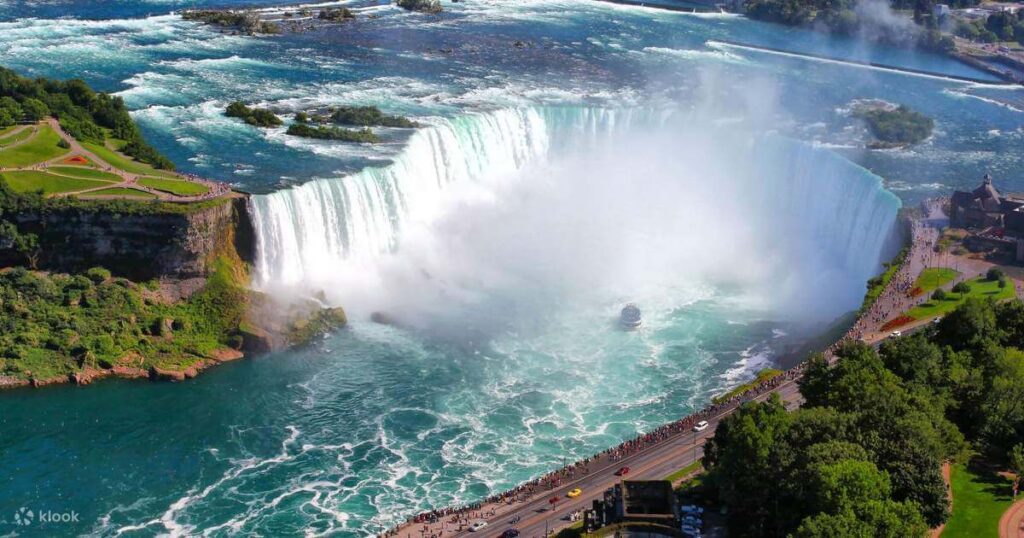
It’s easy to see why this natural wonder has attracted tourists, honeymooners, and daredevils for the past 200 years, given the fascinating spectacle. After you’ve had your fill of water, there are a variety of additional activities you may engage in Niagara Falls, including visiting one of the 160 wineries on the Niagara Peninsula, going on a hike in Niagara Glen, or shopping in quaint Niagara-on-the-Lake.
2. Banff National Park, Alberta
There is no need to travel to the Alps when you can experience a Rocky Mountain high that makes you want to yodel in Canada, with alpine lakes as blue as Switzerland’s and mountains to match the Matterhorn. The history of Banff National Park also brings to mind Switzerland, in addition to the natural setting.
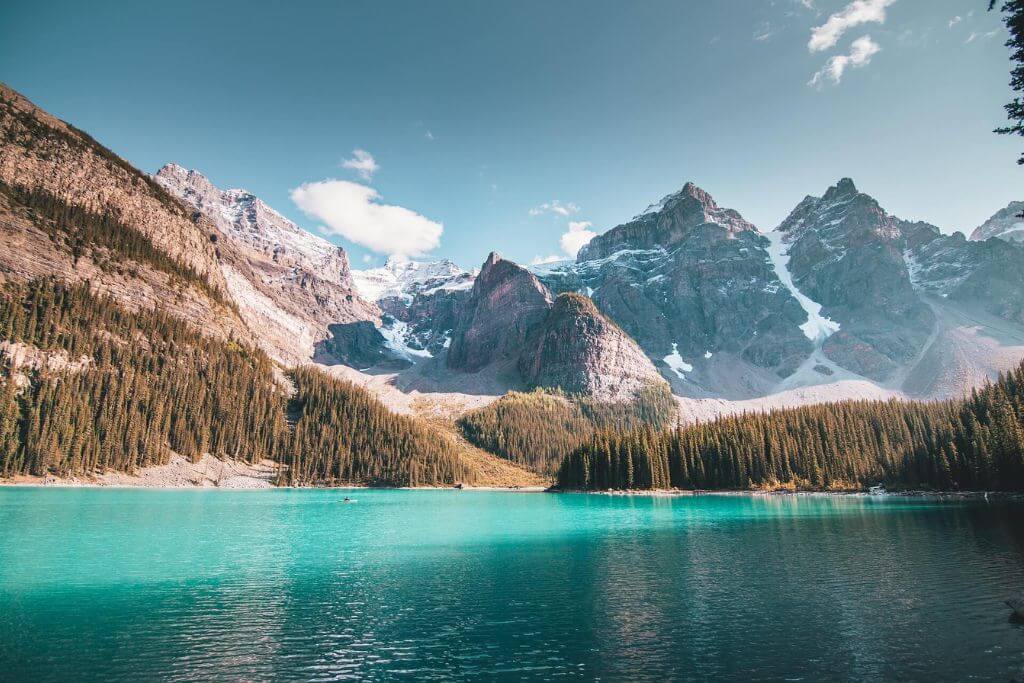
Swiss guides were employed by the Canadian Pacific Railway between 1899 and 1954 to operate in its opulent railroad hotels, such as the Château Lake Louise and the Banff Springs Hotel. They accompanied tourists on treks and horseback rides into Banff National Park and assisted with the first ascents of neighboring peaks. They also instructed beginning mountaineers in climbing tactics.
3. Northern Lights, Manitoba
Galileo gave the Northern Lights the names Aurora and Boreas, the wind of the north and the goddess of dawn, respectively. A kaleidoscope of phosphorescent green, yellow, pink, and magenta swirl and dance across the sky in what can only be described as nature’s fireworks display, appearing like a dream in the midst of the night.
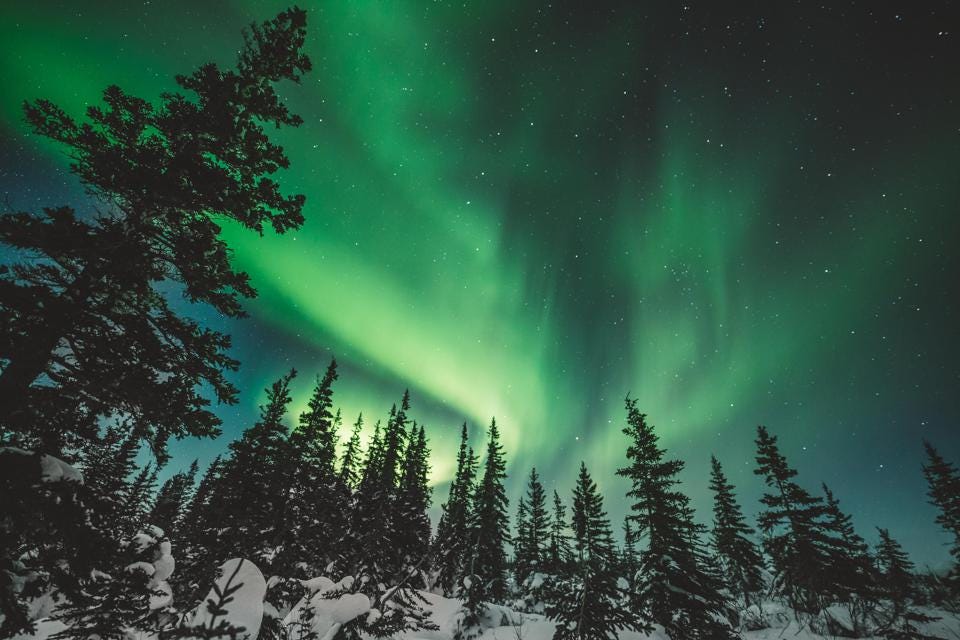
Although Churchill, Manitoba, is one of the best spots in the world to observe the charged particles of light striking the Earth’s atmosphere, with the optimum viewing occurring between November and March, the Aurora Borealis can be viewed in many northern countries from Iceland to Russia. The region is sometimes referred to as the Polar Bear Capitol of the World in the fall.
4. The Cabot Trail, Nova Scotia
The Cabot Trail, a 298-kilometer route that rounds Cape Breton, an island off the coast of Nova Scotia, is regarded as one of the continent’s most picturesque journeys. It meanders through gentle hills, through verdant valleys, and through the Cape Breton Highlands National Park, frequently hugging the coastline with breathtaking views of the Atlantic Ocean and the rocky beaches below.
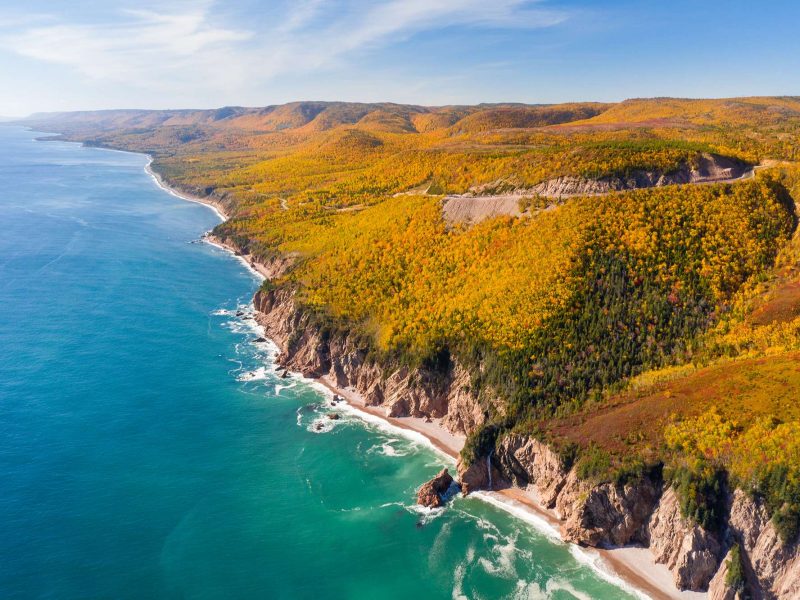
Every autumn, The Cabot Trail is awed by the vibrant red, purple, orange, yellow, and green of the island’s woods of sugar maples, yellow birches, American beech, and tamaracks. In addition to picture-perfect views that equal Vermont’s at every turn, leaf peepers will find lots of additional activities in Cape Breton, such as leisurely strolls, artisan beer tastings, and inn stays.
5. Great Bear Rainforest, British Columbia
The Great Bear Rainforest, sometimes referred to as the Amazon of the North, is devoid of anacondas, but you can run upon slugs the size of chocolate bars when exploring the underbrush. With 1,000-year-old Western red cedars, glacier-cut fjords, and infrequent sightings of the cream-colored Kermode bear or Spirit bear—a black bear with a recessive gene that makes its coat almost white—this 21 million-acre protected coastal temperate rainforest in northern British Columbia is awe-inspiring.
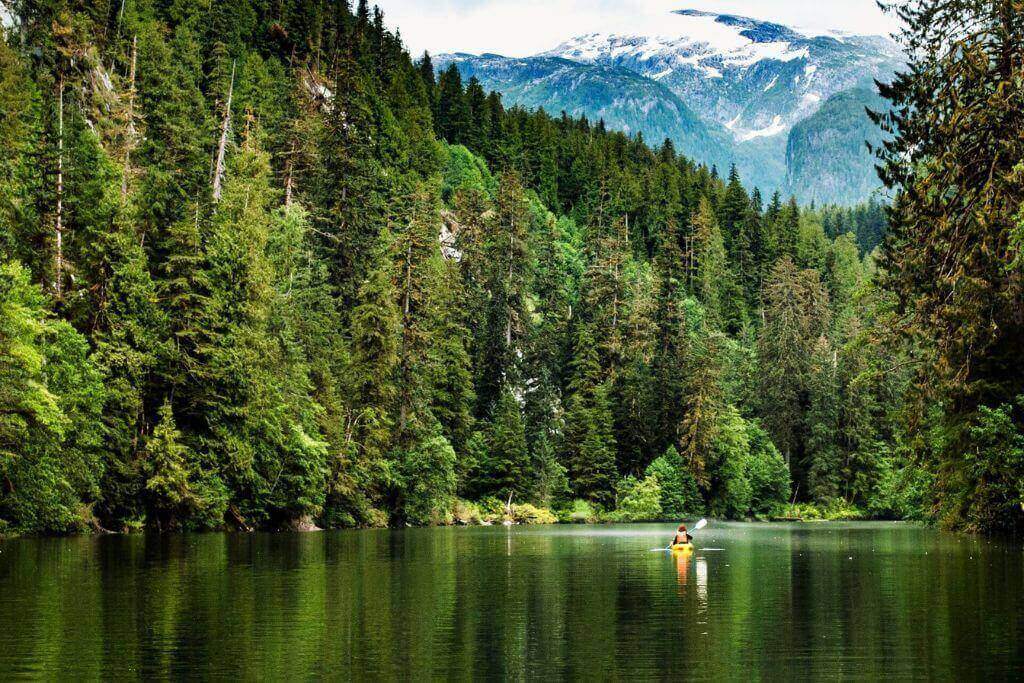
Also, you can see sea otters and orcas while kayaking, or you can go with a guide to look for grizzly bears that gather by coastal rivers every fall to gorge themselves on Coho salmon. Sleep in a remote cabin at night and keep an ear out for the unsettling howl of gray wolves.
6. The Northwest Passage, Nunavut
In the spectacular seas of The Northwest Passage, history and mystery converge. This fabled path, which passes through the Arctic Ocean above Canada to link the Atlantic and Pacific Seas, has long drawn travelers seeking a direct way to Eastern Asia’s wealth.
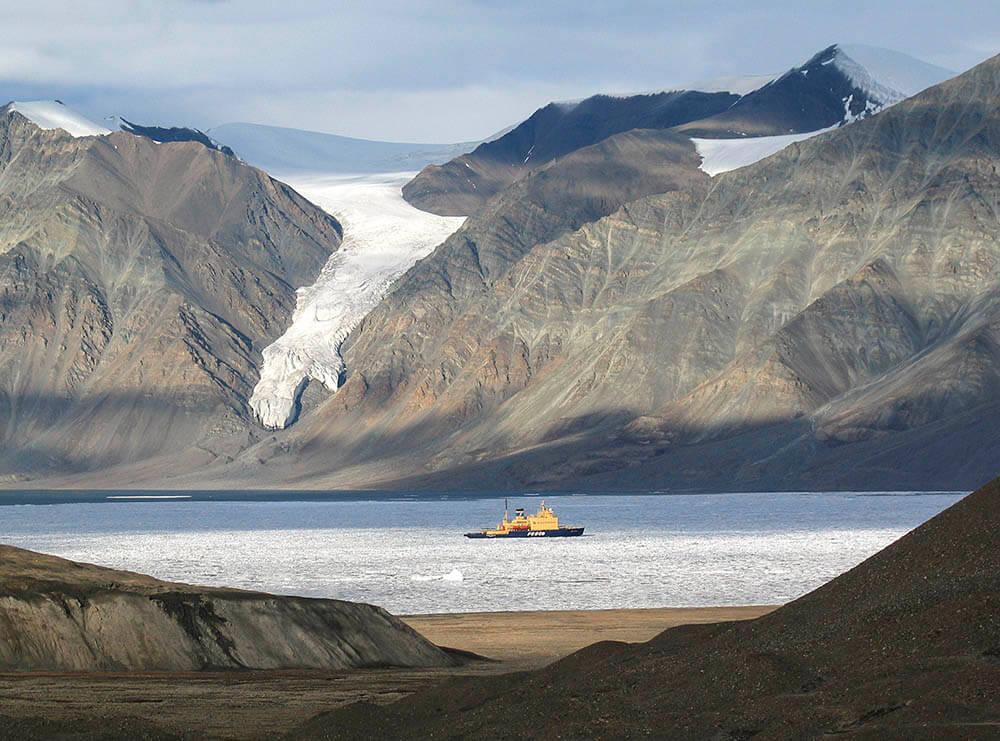
With its glaciers, picturesque fjords and inlets, ice caves, rocky spires, and floating icebergs, this icy region offers a lot for modern explorers to discover. Beluga and bowhead whales, ivory gulls, thick-billed murres, and thick-billed murres live in the ice-covered waters. You might possibly see a narwhal, known as the sea unicorn.
7. Columbia Icefields, Alberta
The 232-kilometer Icefields Parkway in the Canadian Rockies, which connects Lake Louise and Jasper and travels through two national parks, is dotted with peaks covered with glaciers like a string of pearls. The Columbia Icefields, a massive glacial ice cap whose frozen blue tongues lick down between the granite spires and are conveniently accessible from the road, are the highlight of the drive. More than 100 glaciers make up the greatest glacier collection in the world south of the Arctic Circle.
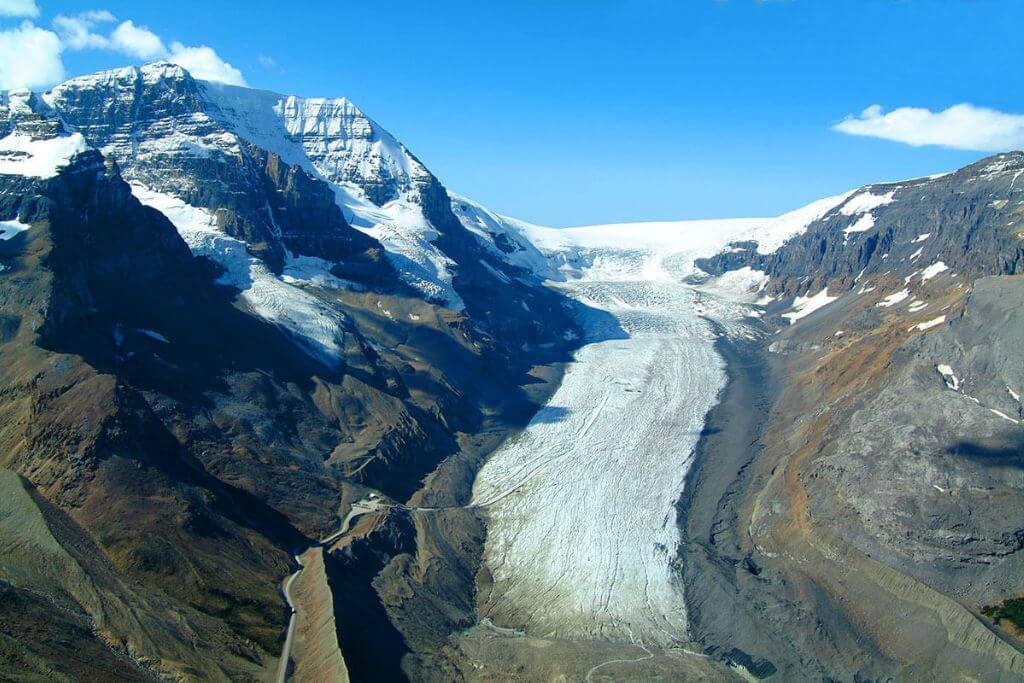
The longest glacier in the area, the Saskatchewan Glacier, may be seen from above by climbing Parker Ridge, or you can take a snow coach onto the Athabasca Glacier and go on a guided tour of the thinning ice there. The Columbia Icefields can also be viewed from the Glacier Skywalk or from a helicopter flight over them.
- Do you know Why Is The Icefields Parkway The Most Beautiful Excursion Road In The World? Ultimate Guide for 2022!
8. Nahanni National Park Reserve, Northwest Territories
You could be excused for thinking you were in the Grand Canyon from the top of the Ram Plateau, a dolomite rock table encircled by the Mackenzie Mountains. In Canada’s Nahanni National Park Reserve, a UNESCO World Heritage Site, the ground gives way to a series of deep canyons surrounded by eroded buttes and mesas that uncannily resemble the American Southwest.
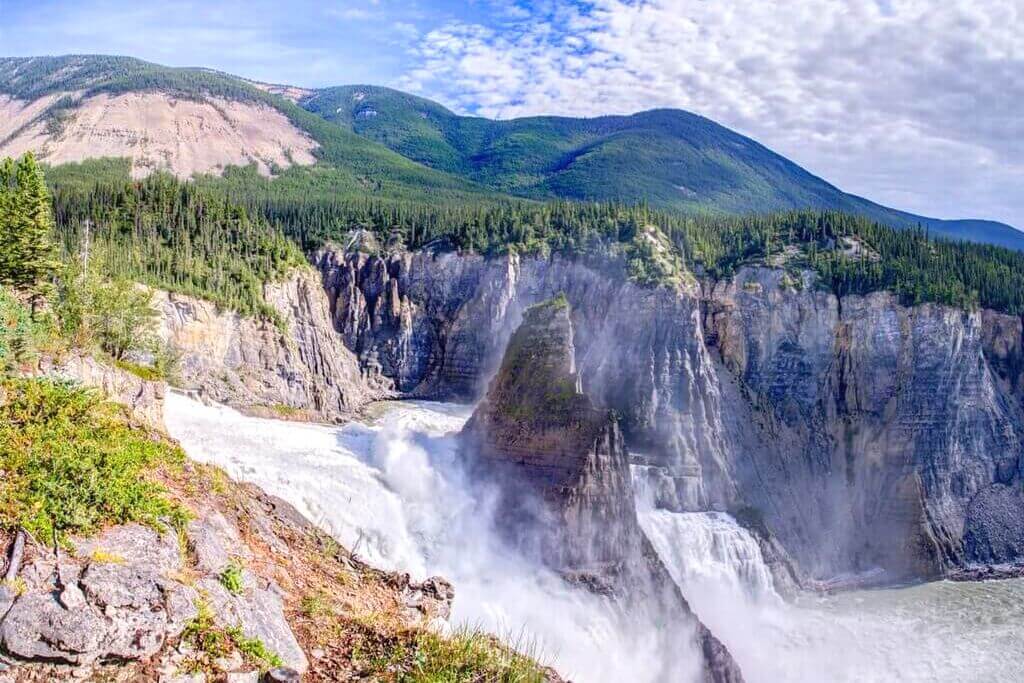
One of the reasons people visit the Northwest Territories is for its breathtaking scenery. The alternative is to go rafting down the South Nahanni, a Canadian Heritage River that offers rapids, hot springs by the river, a waterfall twice as high as Niagara Falls, and the chance to view bears, caribou, and dall sheep. You should put the Nahanni on your bucket list once the Cirque of the Unclimables’ high angular peaks is taken into account.
9. Gros Morne National Park, Newfoundland
The vista from the apex of Western Brook Pond Fjord in Newfoundland is one of Canada’s most recognizable. When you look out, you’ll see flat-topped mountains that abruptly descend to the sea. It resembles Trolltunga, the Instagrammable fjord in Norway, although without the precarious rock outcrop for risky pictures and the exhausting 12-hour climb to get there.
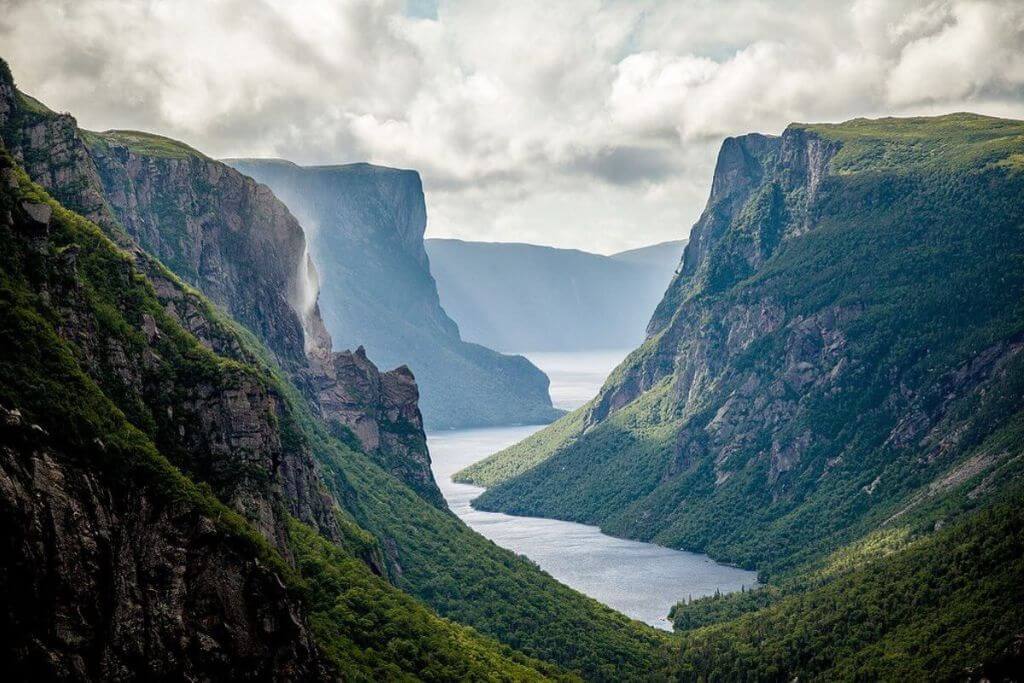
The views are a little easier to get in Gros Morne, which takes its name from the second-highest peak in the province. You’ll need to take a quick stroll to the dock, a boat to the fjord’s mouth, and a four-hour hike to the top of the canyon to obtain this photo. You’ll be back in time for a pint at the pub and will be ready to explore more of the park’s breathtaking scenery the next day.
10. Canadian Badlands, Alberta
The flat prairie that surrounds Drumheller quickly gives way to a bizarre scene of hoodoos and coulees, ornately topped rock formations carved out by erosion. The area is referred to as the badlands because French trappers who encountered similar geology in South Dakota and got lost in dead-end box canyons gave that place the nickname “bad lands to cross”.
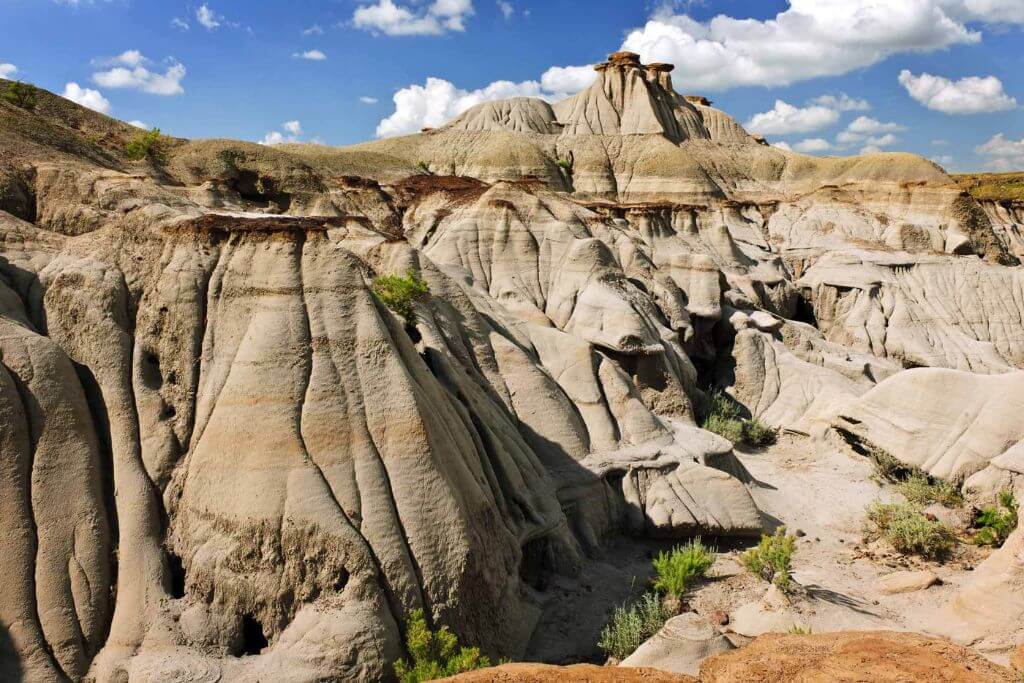
Drumheller and the surrounding Dinosaur Provincial Park have become popular tourist destinations thanks to the petrified dinosaur remains that are buried beneath the rocky dunes and buttes of the Red Deer River Valley. One of the best things to do in Drumheller after you’ve had your fill of Horseshoe Canyon’s unearthly landscape is to educate yourself about dinosaurs at the Royal Tyrrell Museum of Paleontology.
